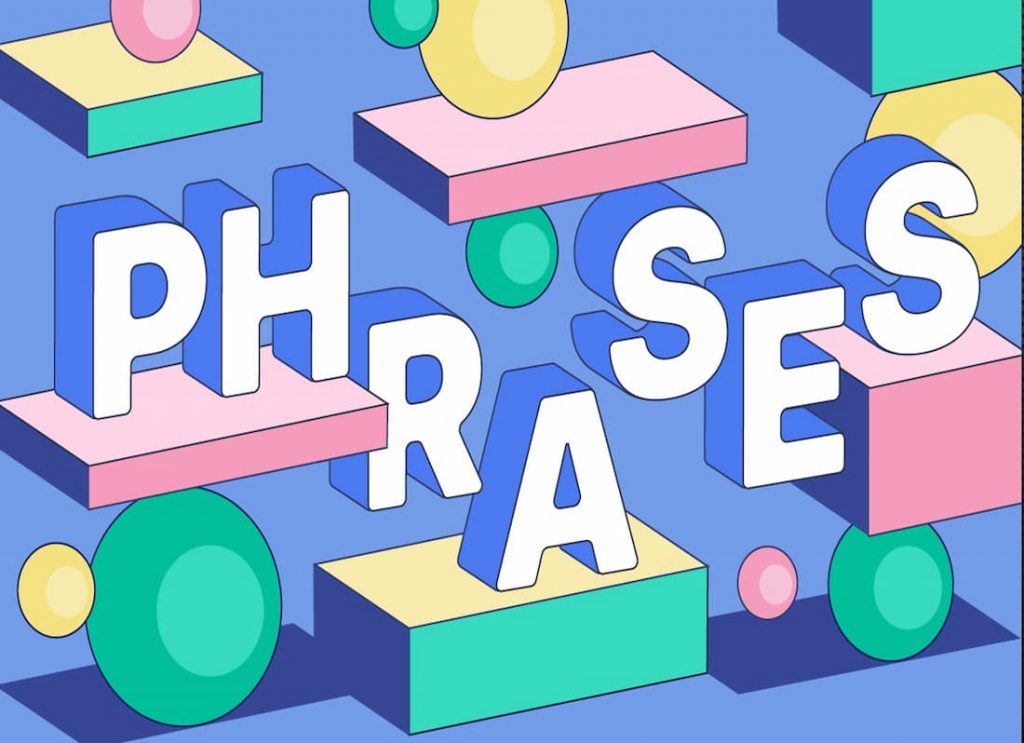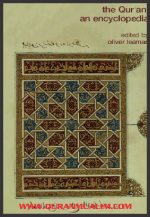How many letters are an in Arabic word? In this lesson we will learn about the Sentence in a Arabic . The Basic Arabic Phrases , Arabic Words, Arabic Sentences and the Arabic Phrases for Meeting and Greeting will lead you to the Arabic Dialog, Arabic conversation and learning at the end, which shows how these Arabic phrases are used in conversational Arabic. Take advantage and Free get learning Arabic Words and Arabic Phrase of this Arabic language resource as you learn to speak Arabic!
Examples:
- One letter: such as the word “بِ”: “By” or “In.”
- Two letters: such as “مَنْ”: “Who.”
- Three letters: such as “طِفْلٌ”: “A boy.”
- Four letters: such as “طِفْلَةٌ”: “A girl.
- Five letters: such as “طَاوِلَةٌ”: “A table.”
- Six letters: such as “لَيْمُوْنَةٌ”: “A lemon.”
- Seven letters: such as “بُرْتُقَالَةٌ”: “An orange.”
Like and Share Arabic Words and Basic Arabic Phrases
Note: Dear, There is no indefinite articles in the Arabic Language. What are the Arabic Word Classes?
There are three Arabic Word Classes.
- The first type is a letter “حَرْفٌ” For example: “لِمَ” means, “why” ,or “وَ” means “and” or “I swear.”
- The second type is a noun “اِسْمٌ” For Example “سَيَّارَةٌ” which stands up for “ a car” ,or “جَمِيْلٌ” “beautiful.”
Finally : every Arabic word cannot be but a letter, noun, or a verb. Examples of letter words:
- “هَلْ” means “Do” or “Does”
- “فِيْ” means “in” or “on” or “into” or “within”
- “ثُمَّ” means “then”
- “إِنْ” or “إذا” means “if”
- “قَدْ” means “indeed”
Do not be worried between the 28 letters that make up the language and the letter ‘word’ class. Examples of nouns:
- “مُحَمَّدٌ” means “Mohammad”
- “أَسَدٌ” means “A lion”
- “نَمِرٌ” means “A tiger”
- “جَبَلٌ” means “A mountain”
- “أُوْرُوْبَّا” means “Europe”
Examples of verbs:
- “أَكَلَ” means “ate” > past form
- “يَأْكُلُ” means “is eating” or “eats”
- “كُلْ” which means “eat”
What are the Verb tenses in Arabic? Verbs are classified into three tenses:
- Past Tense
- Present Tense
- Imperative
The past tense in Arabic. Past tense talk about a completed action in a time before now. The Arabic sentence is:
- Verb + Subject + Object
- ِفِعْلٌ + فَاعِلٌ + مَفْعُوْلٌ بِه
Dear Students, You know That the past form simply by the accent ” َ ” on the last letter of the word. For example: “أكلَ” “لعبَ” “شربَ” “رسمَ” “قاتلَ” “سافرَ” “انطلقَ”
Here, Complete sentences: ” أَكَلَ الطِّفْلُ تُفَّاحَةً” >>>
Explanation: The verb is the first word of the sentence so it is “أَكَلَ” and as you can see the diacritical mark is ” َ ”
- The Second word which means is “الطِّفْلُ” and
- The object is the last one means “تُفَّاحَةً“
The Present Tense in Arabic, Present tense is used to describe an action verb. Let’s delve into some examples from The Present Tense . The Arabic sentence is made up of three parts
- Verb + Subject + Object
- فعل + فاعل + مفعول به
The Present Tense can be identified by:
- “أ” for example: أكتب.
- “ن” for example: نكتبُ.
- “ي” for example: يكتبُ.
- “ت” for example: تكتبُ.
For example: “يأكلُ” “يلعبُ” “نشربُ” “أرسمُ” “تقاتلُ” “تسافرُ” “أنطلقُ”
Here, Complete sentences: ” يَأْكُلُ الطِّفْلُ تُفَّاحَةً”
The Arabic sentence have three parts
- Verb + Subject + Object
- فعل + فاعل + مفعول به
The imperative form can be identified by: The quotation mark” ْ ” above the last letter. Here, Complete sentences: ” كُلْ تُفَّاحَةً” >>> “eat an apple” Here, we finished our simple exam planation of the verb tenses in the Arabic Language.
Exercise: test yourself with these sentences:
- شَاهَدَ الطِّفْلُ البَحْرَ >>>
- نَظَرَ الرَّجُلُ إِلَىْ السَّمَاءِ >>>
- يَأْكُلُ الفَقِيْرُ رَغِيْفَ خُبْزٍ>>>
- تُشْرِقُ الشَّمْسُ مِنَ الشَّرْقِ>>>
- الشَّجَرَةُ خَضْرَاءُ >>>
- اِلْعَبْ مَعَ أَخِيْكَ>>>
- اُكْتُبْ وَاجِبَكَ >>>
- naäam.
- laa.
- min faDlik.
- shukran.
- äafwan. .
- aläafw.
- arjuu almaädhira.
- sabaaH alkhayr.
- masaa’ alkhayr.
- tuSbiH äalaa khayr. .
Arabic Phrases for Meeting and Greeting
- hal tataHaddath al’ingiliiziyya?
- hal yuwjad aHad hunaa yataHaddath al’ingiliiziyya?
- anaa ataHaddath faqaT qaliil min aläarabiyya.
- maa ismuk?
- ismii Hasan.
- kayfa Haluk?
- anaa bikhayr shukran.
- anaa saäiid jiddan bimuqaabalatak.
- anaa laa afham.
- madhaa taquul?
- hal yumkinuk attaHadduth bibuT’.
- anaa afham tamaaman.
The solutions:
- The verbs in past tense: شَاهَدَ نَظَرَ
- The verbs in past tense: يَأْكُلُ تُشْرِقُ
- The verbs in past tense: اِلْعَبْ اُكْتُبْ
Arabic words in English with meanings
How do you speak Arabic PDF Download
How to learn arabic through English
I speak Arabic Free PDF Download
learn Arabic conversation & easy Arabic
Learn how to speak Arbic PDF Download
learn to speak Arabic PDF Download
lebanese arabic phrases Free PDF Download
Most common Arabic words PDF Download
Our Android Apps
About CEO Al-Asad Quran Tutor
Hafiz Abdul Hameed
Master In Islamic Studies
(Tajweed, Waqf)
Web Developer/Administrator
Web Content Writer
Blogger, SEO Expert
Graphic Designer
WhatsApp: +92 3017363500















